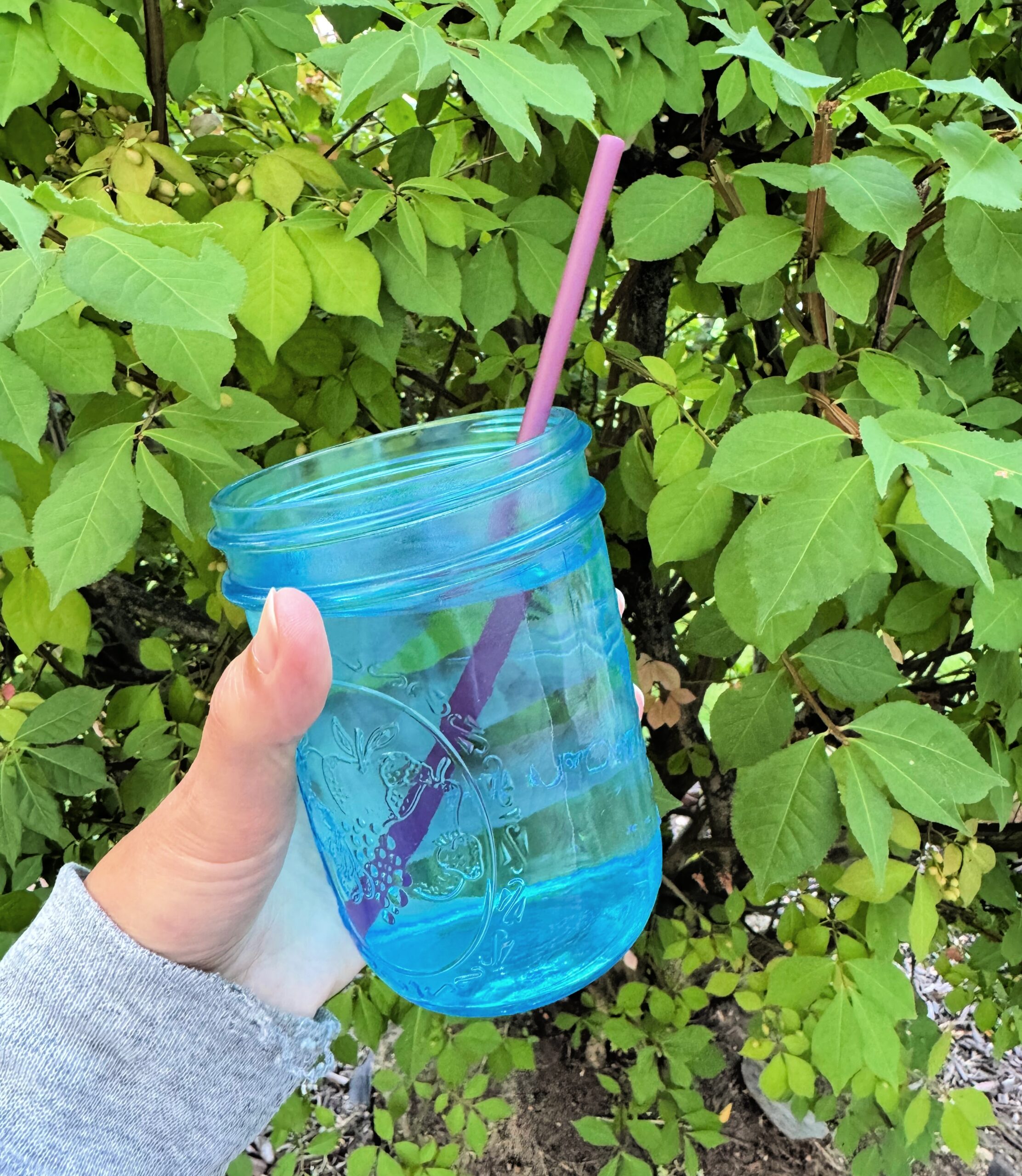Are you, like many other Americans, trying to get on the Green Wave this year? Many people have decided that it’s time for them to start shrinking their carbon footprint and saving the environment!
While one person can only do so much, you can still make a difference. One of the easiest ways to do your part is to switch to a renewable energy source.
But what are renewable energy sources? What is renewable energy at all, and what does it mean for something to be a “non-renewable resource?”
We’re here to talk about it. Keep reading to learn all about renewable energy and how to make the switch.
What Is a Non-Renewable Resource?
A non-renewable energy source is one that has a finite limit. The earth is not currently replacing the energy source at a fast enough rate, so once it’s gone, it’s gone.
The most common example of a non-renewable energy source is fossil fuels. Fossil fuels come from the remains of organic materials. Oil, gas, and coal are common fossil fuels.
Along with being unsustainable, fossil fuels are also bad for the environment. Burning these fuels releases greenhouse gases into the atmosphere. This causes widespread damage and environmental decline.
What Are Renewable Energy Sources?
Now, we’re trying to make the switch to renewable energy in hopes that it will slow down the environmental damage caused by non-renewable energy sources.
Renewable energy sources are sources that are in no short supply. They replenish themselves. These sources include water power, solar power, and wind power.
As long as there continues to be energy from the sun, wind, and water, these resources will continue to be effective. These resources aren’t going anywhere (and if they were to disappear, we’d have larger problems than getting energy to power our homes, businesses, and devices).
These resources also cause far less damage to the environment.
How to Incorporate Renewable Energy into Your Life
The easiest way to use renewable energy (or energía renovable in spanish) is to go solar. Solar energy is abundant and in most areas, it’s a reliable way to power your home. Even if you live somewhere that experiences a lot of rain or cloud coverage, you can offset your energy usage with solar power.
Look for resources for solar in your area and talk to a solar power provider. They can assess your situation and determine whether or not solar panels are right for you.
Going solar will also increase the value of your home and you may be able to get a tax break to help with the cost of your panels.
Make the Switch to Renewable Energy
It’s almost impossible for the average person to live a life free of non-renewable energy sources, but you can make small changes to your home and lifestyle to mitigate damage.
So to recap: what are renewable energy sources? They’re energy sources that don’t deplete. We can continue using them indefinitely.
Make a change today and do your part to help the environment.
For more helpful articles about the top trending topics, visit the rest of our site.


Leave A Comment